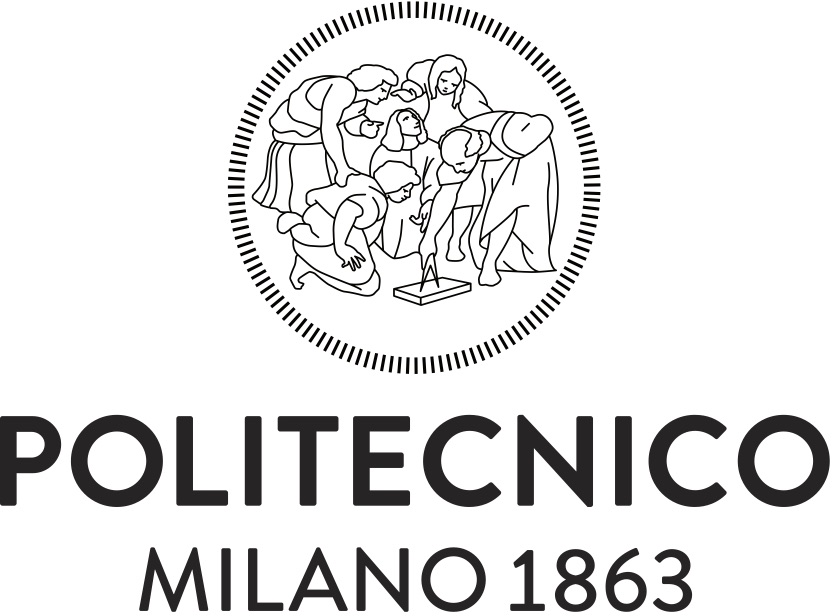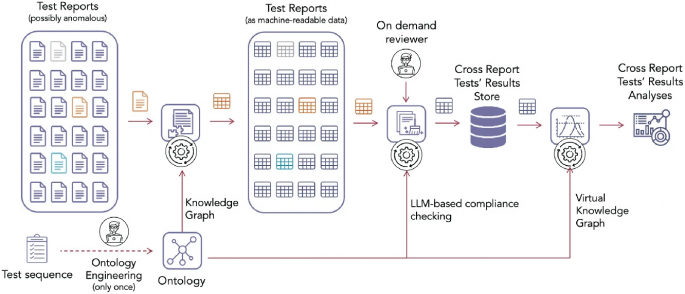Large manufacturing companies in mission-critical sectors like aerospace, healthcare, and defense, typically design, develop, integrate, verify, and validate products characterized by high complexity and low volume. They carefully document all phases for each product but analyses across products are challenging due to the heterogeneity and unstructured nature of the data in documents. In our research, … Continue reading Integrating Large Language Models and Knowledge Graphs for Extraction and Validation of Textual Data
Category: event
Interpretable Network Visualizations: A Human-in-the-Loop Approach for Post-hoc Explainability of CNN-based Image Classification
Transparency and explainability in image classification are essential for establishing trust in machine learning models and detecting biases and errors. State-of-the-art explainability methods generate saliency maps to show where a specific class is identified, without providing a detailed explanation of the model's decision process. Striving to address such a need, we introduce a post-hoc method … Continue reading Interpretable Network Visualizations: A Human-in-the-Loop Approach for Post-hoc Explainability of CNN-based Image Classification
Discovering Hidden Communication Patterns and Informal Organization in Companies through Graph Analysis
In this study, we present a comprehensive framework for capturing, processing, and analyzing large-scale digital communication data to uncover hidden informal communication patterns within a real-world corporate environment. We run our study on a unique dataset of 40.425.247 email messages exchanged within a banking company, spanning a two-year period. Based on this information, we construct … Continue reading Discovering Hidden Communication Patterns and Informal Organization in Companies through Graph Analysis
Hierarchical Transformers for User Semantic Similarity.
We discuss the use of hierarchical transformers for user semantic similarity in the context of analyzing users' behavior and profiling social media users. The objectives of the research include finding the best model for computing semantic user similarity, exploring the use of transformer-based models, and evaluating whether the embeddings reflect the desired similarity concept and can be used for other tasks.
Exploring the bi-verse: a trip across the digital and physical ecospheres
I've been invited to give a keynote talk at the WISE 2022 Conference. Thinking about it, I decided to focus on my idea of a bi-verse. To me, the bi-verse is the duality between the physical and digital worlds. On one side, the Web and social media are the environments where people post their content, … Continue reading Exploring the bi-verse: a trip across the digital and physical ecospheres
The Final TRIGGER Conference
We will join and contribute to the final TRIGGER conference is scheduled for May 31st, 2022 in Brussels. The theme is: "Rethinking the EU’s role in global governance". In this context, the TRIGGER project is going to present the main research outcomes of the H2020 research program that started in 2018, setting the stage for the collaboration … Continue reading The Final TRIGGER Conference
Generation of Realistic Navigation Paths for Web Site Testing using RNNs and GANs
we propose a method that focuses on the generation of REALISTIC NAVIGATIONAL PATHS, i.e., web logs. Our approach is extremely relevant because it can at the same time tackle the problem of lack of publicly available data about web navigation logs, and also be adopted in industry for AUTOMATIC GENERATION OF REALISTIC TEST SETTINGS of Web sites yet to be deployed.
Coronavirus stories and data
Coronavirus COVID-19 is an extreme challenge for our society, economy, and individual life. However, governments should have learnt from each other. The impact has been spreading slowly across countries. There has been plenty of time to take action. But apparently people and government can’t grasp the risk until it’s onto them. And the way European … Continue reading Coronavirus stories and data
IEEE Big Data Conference 2017: take home messages from the keynote speakers
I collected here the list of my write-ups of the first three keynote speeches of the conference: Human in the Loop Machine Learning (Carla E. Brodley, Northeastern Univ.) Enhancing Human Perception via Text Mining and IR (Cheng Zhai, Univ. Illinois) Graph Representation Learning (Jure Leskovec, Stanford and Pinterest)
Driving Style and Behavior Analysis based on Trip Segmentation over GPS Information through Unsupervised Learning
Over one billion cars interact with each other on the road every day. Each driver has his own driving style, which could impact safety, fuel economy and road congestion. Knowledge about the driving style of the driver could be used to encourage "better" driving behaviour through immediate feedback while driving, or by scaling auto insurance … Continue reading Driving Style and Behavior Analysis based on Trip Segmentation over GPS Information through Unsupervised Learning





